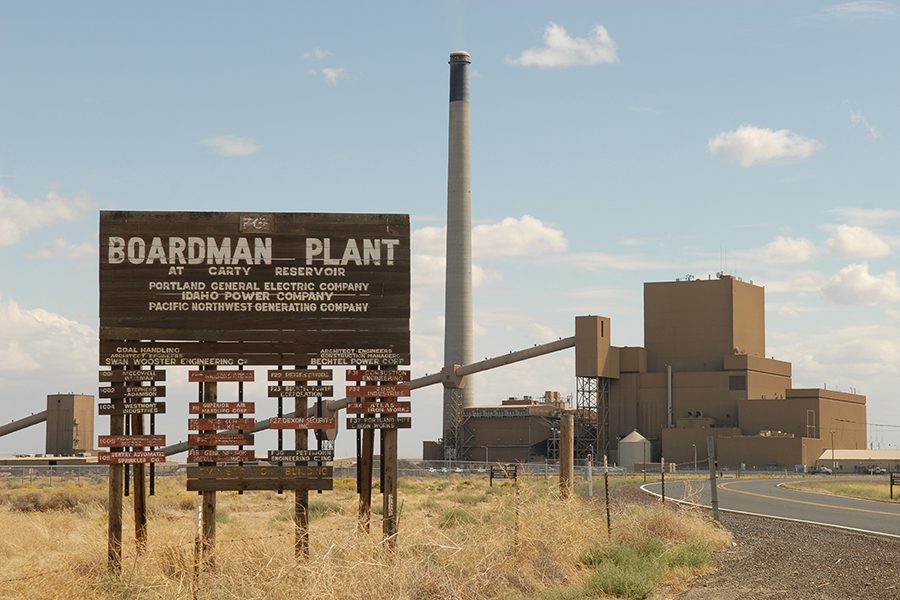
Home » Washington clean energy rules ban coal after 2025
Washington clean energy rules ban coal after 2025

January 14, 2021
Washington power providers must remove coal from their portfolios by 2025 under rules adopted by the Washington State Department of Commerce and the Washington Utilities and Transportation Commission.
Commerce regulates 64 publicly-owned utilities, including the public utility districts, cities and rural electric associations that keep the lights on in much of the Mid-Columbia.
The UTC regulates investor-owned utilities.
The rules implement Washington’s Clean Energy Transformation Act, the 2020 law enacted by Gov. Jay Inslee and the Legislature which mandates the state achieve carbon-free power by 2045. Utilities must file plans on how they will comply with the rules by the end of 2021.
The Northwest has already made progress on removing coal from the list of fuels that power the power plants. Burning coal emits carbon dioxide, which contributes to climate change. Four coal plants, including two in Montana and one each in Washington and Oregon, shut down in 2020.
The move from coal and carbon-based fuels such as natural gas will have a minimal impact on the public utilities that serve the Mid-Columbia, which rely heavily on hydro and nuclear power.
The Benton and Franklin public utility districts, Richland Energy Services and Benton Rural Electric Association chiefly draw power from the Bonneville Power Administration, the federal system powered by the Columbia and Snake River dams, the Columbia Generating Station nuclear plant in Richland and other mostly non-carbon sources.
Benton PUD’s fuel mix includes 80% hydropower, 10% nuclear, 0.5% natural gas and 10% wind and “other.”
Franklin PUD’s fuel mix is similar: 81% hydro, 3.23% natural gas, 10% nuclear and 6.23% “unspecified.”
Richland Energy Services’ fuel mix is 87% hydro, 11% nuclear and 2.8% “unspecified.”
Benton REA’s fuel mix is 76% hydro, 10% nuclear and the rest “unspecified.”
The region does have a stake in coal emissions through its proximity to Boardman, Oregon, where Portland General Electric and its minority partner, Idaho Power, operated a 650MW coal plant for generations until it shut down on Oct. 15, 2020.
The clean energy rules spell out how Washington will achieve its goals over the coming years. Broadly, utilities must achieve a carbon-neutral supply of electricity by 2030, and source 100% of their electricity from renewable or non-carbon-emitting sources by 2045.
Details include:
• Utilities must ensure an equitable distribution of benefits from the transition to clean energy for all customers and must make programs and funding available for energy assistance to low-income customers.
• Tax incentives for renewable energy development encourage developers to pay prevailing wages and use a community workforce agreement or project labor agreement.
• Electric utilities must adopt implementation plans by the end of 2021 with targets for achieving CETA’s clean electricity requirements and prepare revised plans every four years.
• By the end of 2025, utilities must remove all coal-fired electric generation from their resource portfolios.
• By 2030, utilities must use a portfolio of electric resources that is greenhouse gas neutral. Under this standard, at least 80% of electricity must be from renewable sources or nuclear power, and any use of natural gas to generate electricity must be offset by emissions reductions elsewhere.
• By 2045, utilities must use a resource portfolio that is 100% renewable or non-emitting to serve Washington customers, with no provision for offsets.
Go to commerce.wa.gov/CETA. A summary of the BPA fuel mix is here: bit.ly/BPAFuelMix.
Energy Legal
KEYWORDS january 2021




